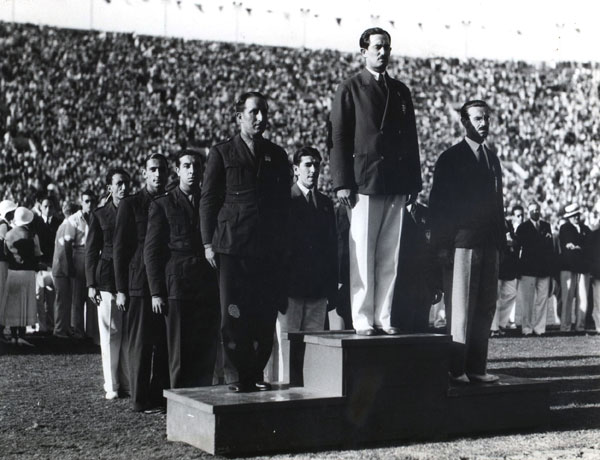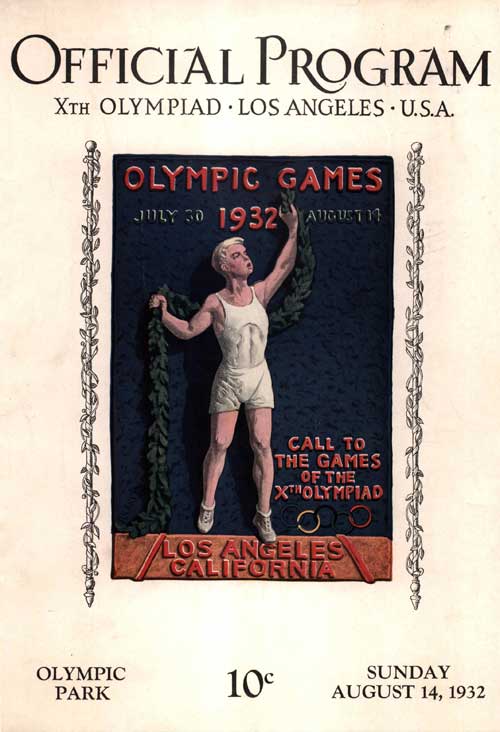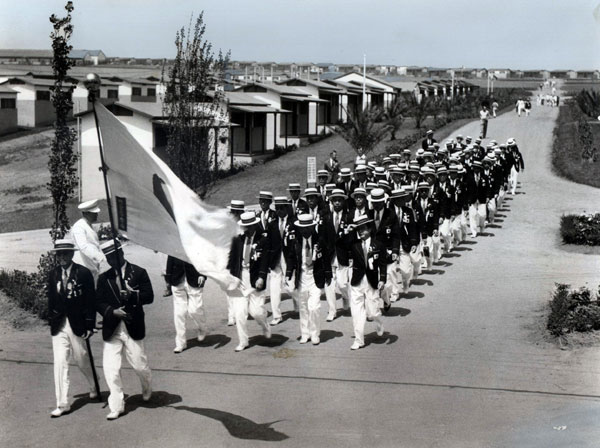1932 Olympic Games
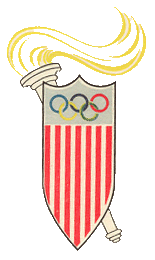 |
Los Angeles first played host to the Olympic Games for the Games of the X Olympiad, which were held from July 30 – August 14, 1932.
The 1932 Games were brought to Los Angeles primarily through the tireless efforts of William May Garland, a local businessman who served as President of the Organizing Committee. In 1920, Garland traveled to International Olympic Committee headquarters in Switzerland to ask the IOC to consider Los Angeles as a host city. He was told that if Los Angeles were to promise to build a main stadium its pledge would be viewed favorably by the IOC. Returning home, Garland helped lead a drive that resulted in the construction of the Los Angeles Memorial Coliseum, which was completed in 1923, the same year the IOC awarded the 1932 Olympic Games to Los Angeles.
At the time, the IOC’s selection of Los Angeles was viewed as somewhat risky. Because of the transportation limitations of the era, Southern California was considered a remote location. From Europe, it took a week to cross the Atlantic by ship and at least several more days to travel across the United States. The length of the journey represented a substantial increase in travel costs for most nations sending athletes, coaches and officials to the Games. And though it could not have been predicted in 1923, the 1932 Olympic Games were held in the midst of the Great Depression. In the words of Bill Henry, who served as sports technical director for the 1932 Games and who later wrote “An Approved History of the Olympic Games,… in the spring of 1932, it was the freely expressed opinion of disinterested observers that the Games either would not be held at all or, if held, would be a farce.” |
 |
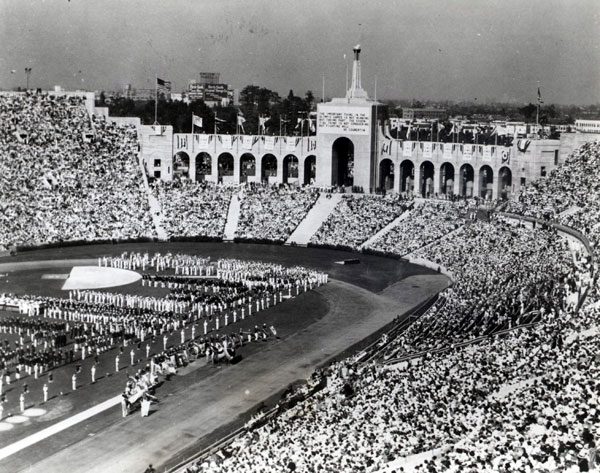 |
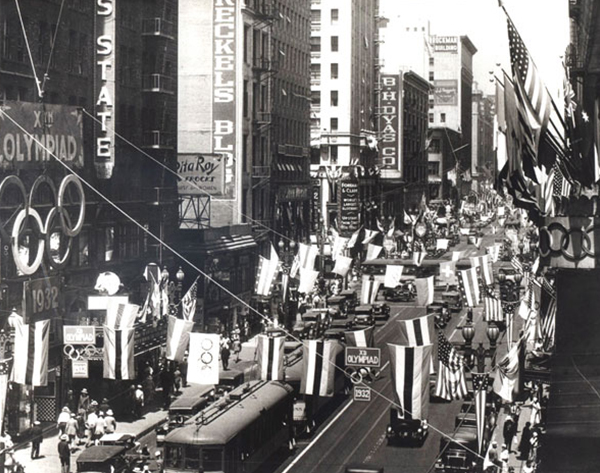
|
| William May Garland |
1932 LA Coliseum |
Decorations in Downtown Los Angeles
|
“And then, almost overnight, the whole atmosphere changed. The arrival of teams in their colorful uniforms in New York and other ports electrified sports lovers; newspapers turned their pages over to this startling development; those who had bought their season tickets a year previous to the Games and had the choice locations in the great stadium became the envy of their friends; people started for Los Angeles by train, steamer, motor, airplane, as the word spread.”
Today, the 1932 Olympic Games are remembered as perhaps the most successful of their era with good facilities, enthusiastic crowds and perfect weather. Among the Games’ many innovations and memorable features were:
- The Olympic Village was introduced to the Games. Bungalows were built on a hill overlooking Los Angeles and were used to house all the male athletes (the women stayed in a hotel).
- For the first time, the Games finished in the black financially. The Organizing Committee realized a surplus of more than $1 million.
- The photo-finish camera made its debut.
- In competition, 18 world records were broken or equaled; 1,332 athletes from 37 countries took part in the Games.
- For the first time, the Games lasted 16 days and spanned 3 weekends, a pattern that has been kept ever since. No previous Summer Olympics had lasted less than 79 days.
- For the first time, medal winners stood on a victory stand and watched the raising of the flag of the winner’s country.
- The crowd of 100,000 spectators at the Opening Ceremony was the largest ever at an Olympic event; the last ticket to the Opening Ceremony was sold on the morning of the event.
|






